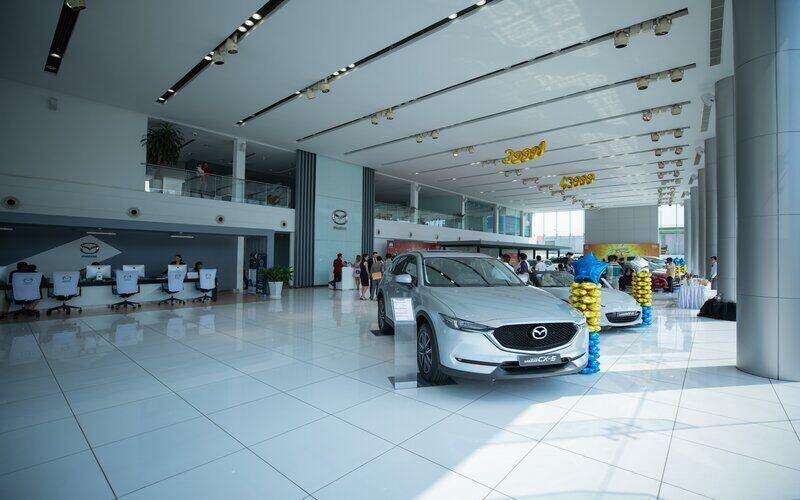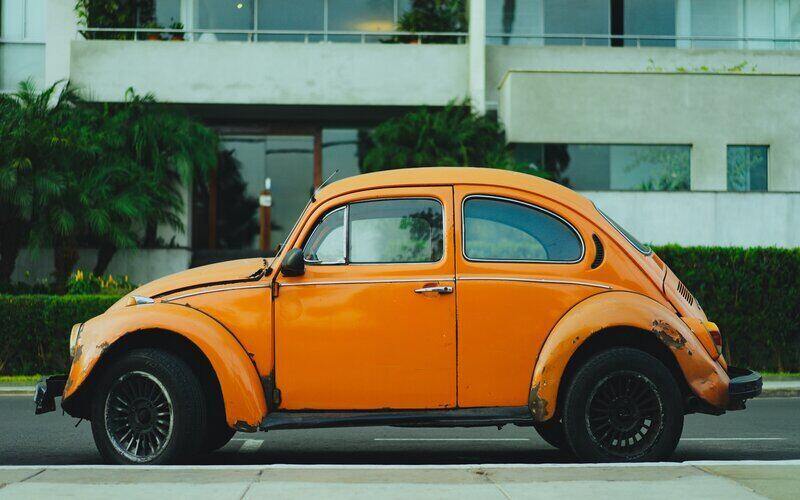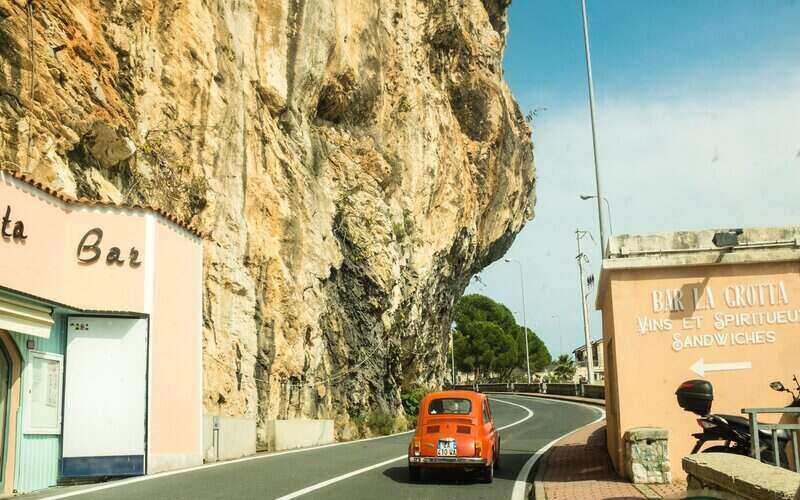Saudi Arabia, one of the global powerhouses of oil production, will boost oil output to more than 10 million barrels per day starting from April.
The Kingdom slashed prices for its crude oil on Saturday 7 March, and the state-run energy giant Saudi Aramco is currently offering discounts to refineries in Asia, Europe and the US.
And this could have a positive effect on our wallets.
The drop in oil price represents a 32 cent per litre real drop in petrol prices, according to the Australian Financial Review.
Treasurer Josh Frydenberg said he was working with competition watchdog the ACCC to ensure price reductions are passed onto Aussie motorists.
"I spoke to Rod Sims the head of the Australian Competition and Consumer Commission to re-emphasise holding the oil retailers to account and ensure that Australians get the benefit on lower oil prices," he said.
"The ACCC plays a monitoring role with respect to prices at the bowser and they have ensured me that they will retain their vigilance, but that they will also be calling out any energy companies that don't pass on the reduction in the wholesale price to the consumer."
CommSec chief economist Craig James said this could mean $1 petrol prices.
"The ready-reckoner is that every US$1 a barrel fall in the oil price leads to a 1.0 cent fall at the petrol bowser," he said in a research note.
"Provided the Aussie dollar is reasonably stable, motorists may be able to look forward to filling up for near $1 a litre."
At the time of writing, Brent was trading at about USD $32 a barrel, WTI at under $28, OPEC at $51, and Tapis at $54.
More on the world of oil can be found here.
Goldman Sachs analysts said this sharp fall in oil prices worldwide was due to a price war between Saudi Arabia and Russia.
"We believe the OPEC and Russia oil-price war unequivocally started this weekend when Saudi Arabia aggressively cut the relative price at which it sells its crude by the most in at least 20 years," analysts said in a note.
“This completely changes the outlook for the oil and gas markets, in our view, and brings back the playbook of the ‘New Oil Order,’ with low-cost producers increasing supply from their spare capacity to force higher cost producers to reduce output.”
Goldman analysts forecast Brent down to USD $20 a barrel.
Those higher-cost producers could include Tapis crude oil, which is drilled off the South China Sea, and a type of oil that Australia is largely reliant on.
Tapis crude has historically traded at a few dollars more per barrel than OPEC+, and Tapis has been favoured by Singapore's 'Mogas 95' - the refined oil market that imports to Australia.
Part of the OPEC+ alliance - which stands for Organisation of the Petroleum Exporting Countries - Saudi Arabia produces nearly half of the world's oil along with 11 other countries in the alliance


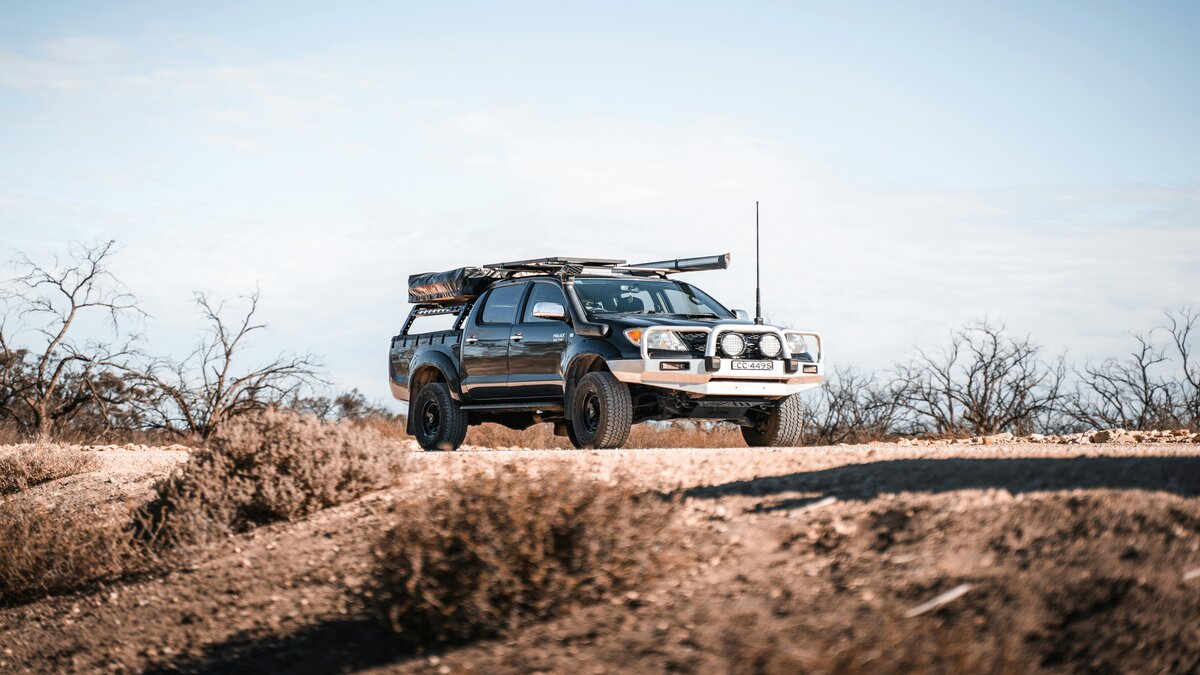
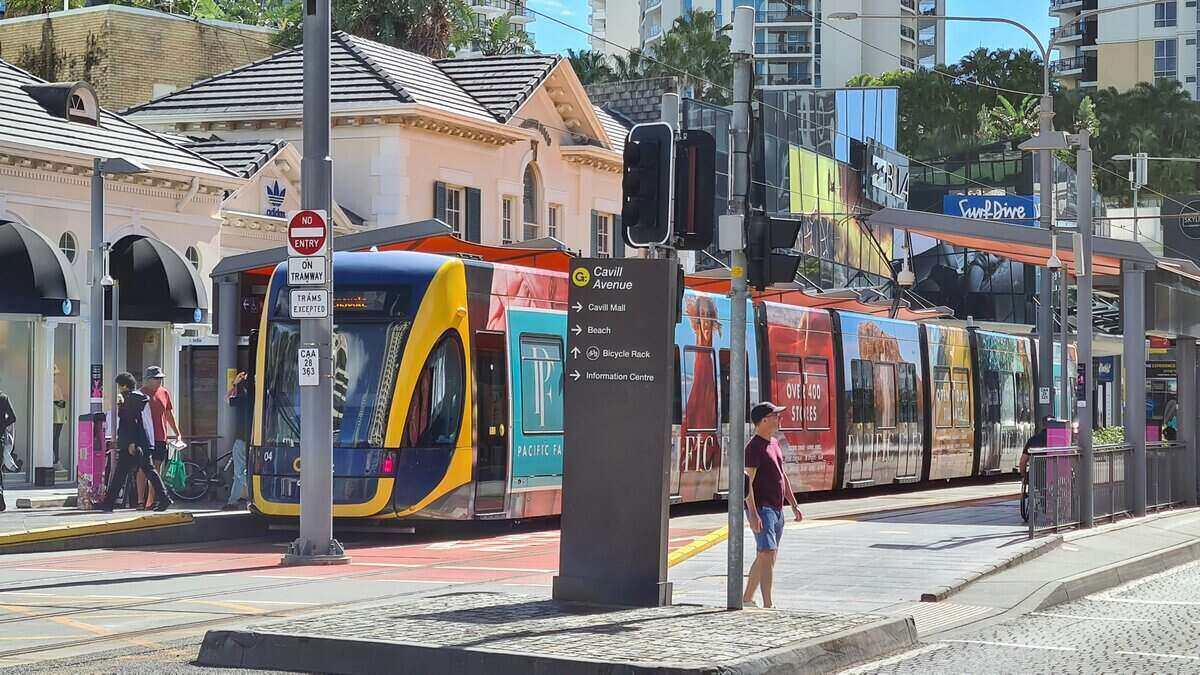
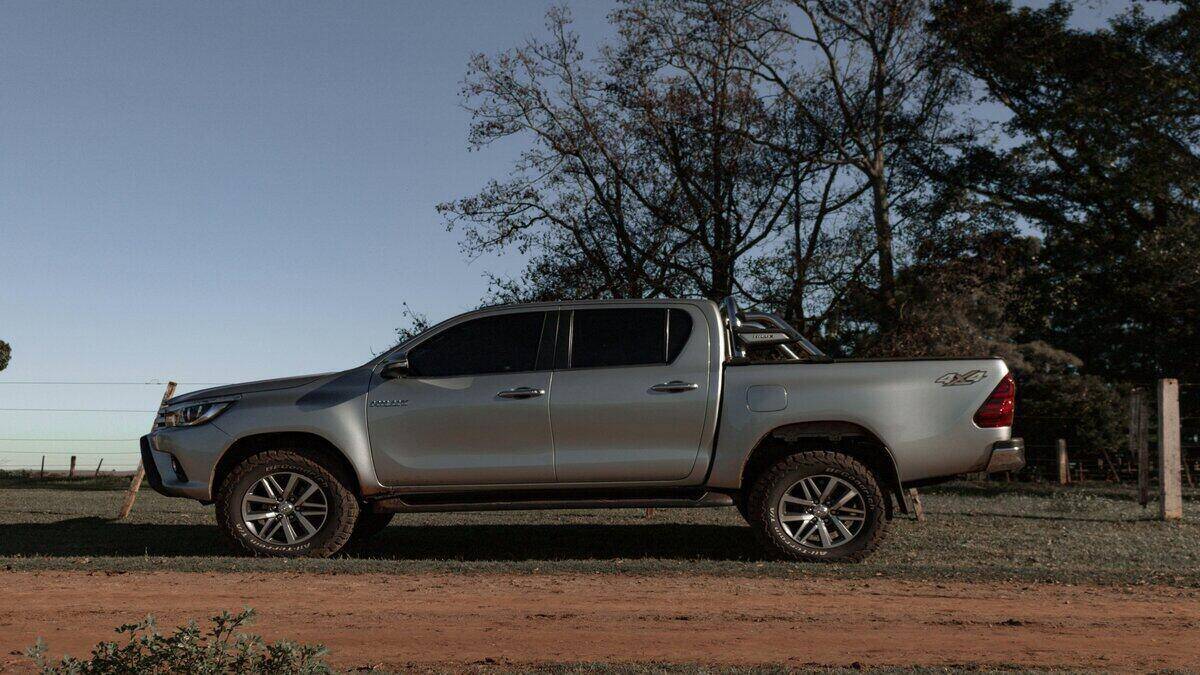

 Alex Brewster
Alex Brewster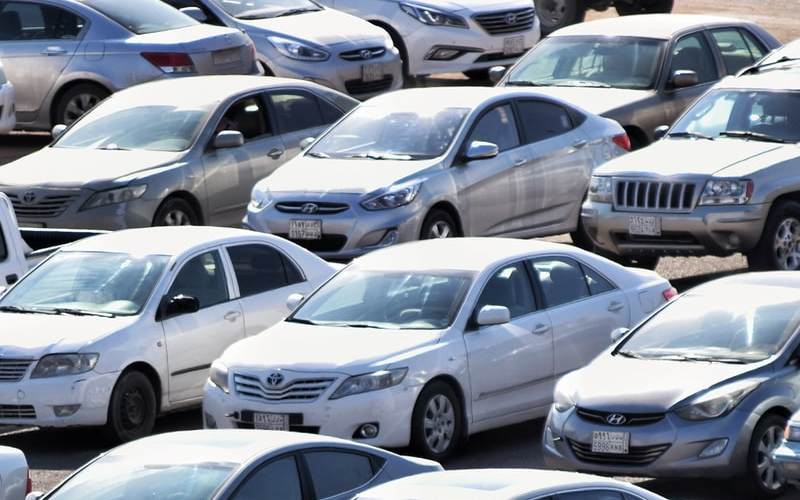
 Harrison Astbury
Harrison Astbury